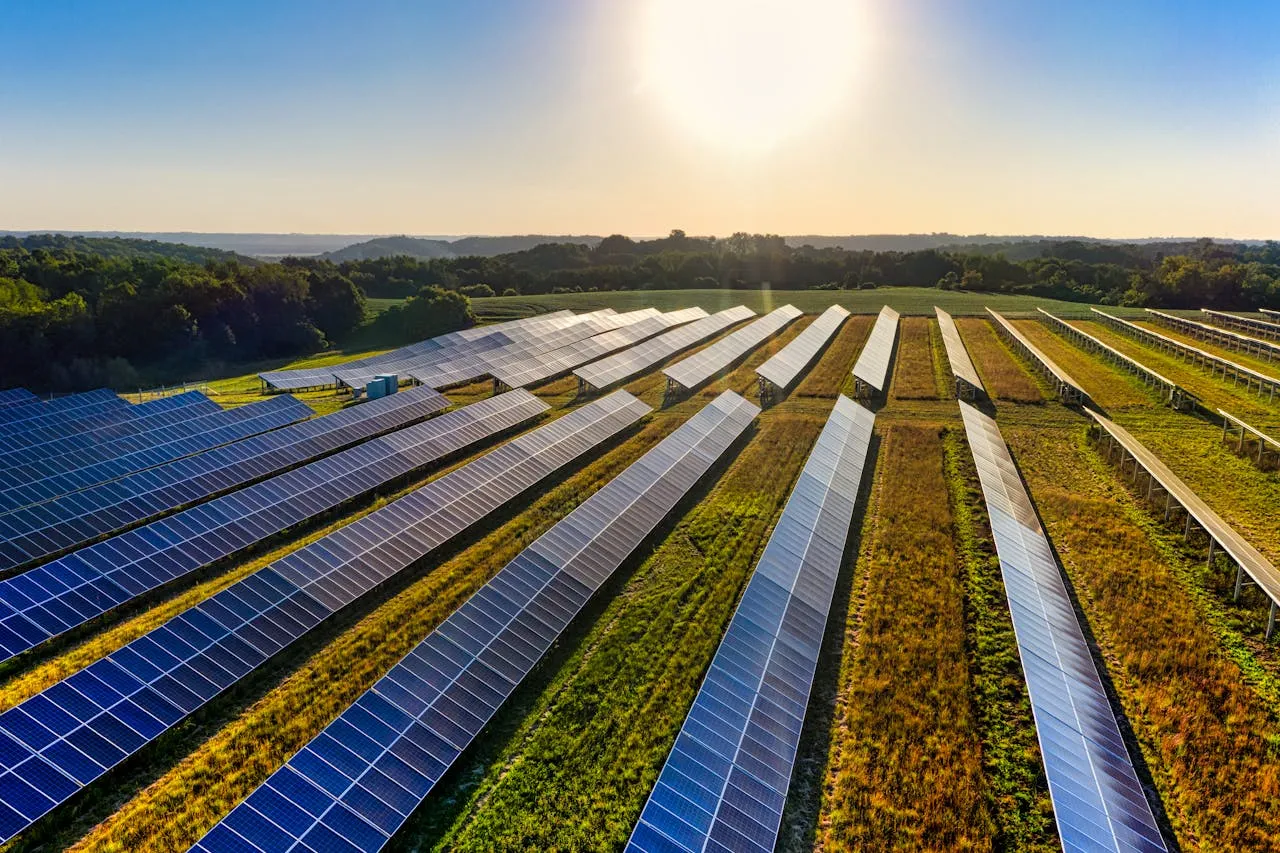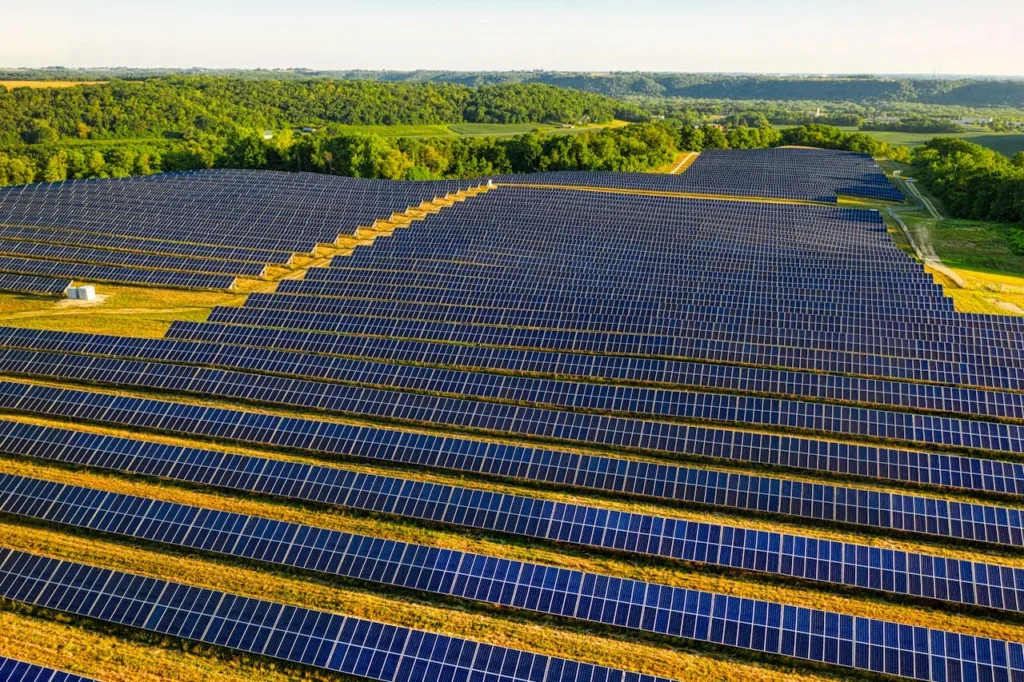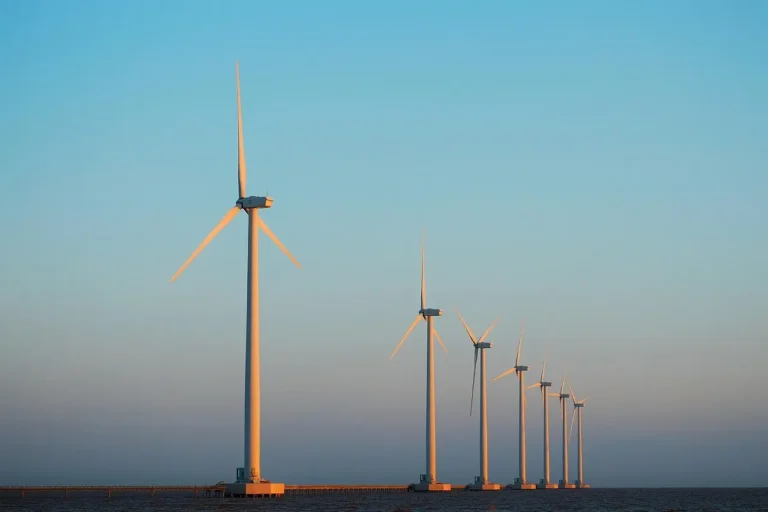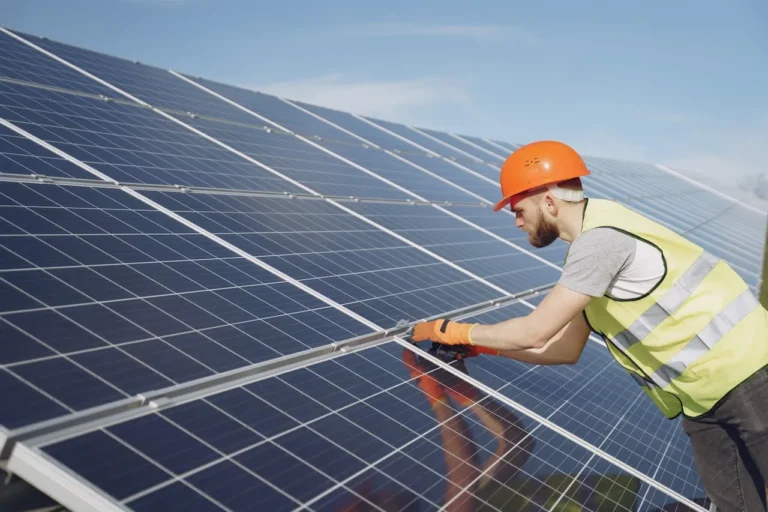
POLYVANTIS Powers Forward with Solar Energy in Germany, Slashing Carbon Emissions by Over 750 Metric Tons Annually
POLYVANTIS, a leader in advanced materials and manufacturing, has taken a bold and progressive step in its sustainability journey by announcing the successful commissioning of a large-scale solar energy system at its manufacturing site in Weiterstadt, Germany. This project, with an estimated annual output of approximately 3.3 gigawatt-hours (GWh), is expected to reduce the company’s carbon dioxide (CO₂) emissions by over 750 metric tons each year—a figure equivalent to the energy consumption of more than 900 average households.*
This landmark achievement signifies not only a strategic investment in renewable energy but also reinforces POLYVANTIS’s long-term commitment to environmental responsibility and operational efficiency. By integrating solar power into its manufacturing operations, the company aims to lead by example in the industrial sector, proving that sustainable energy and world-class production can go hand-in-hand.
Driving Innovation Through Sustainability
At the heart of this transformation is a core value that has long driven POLYVANTIS’s philosophy: innovation. “The installation of the solar park is an important step toward a resource-efficient future and underscores our commitment to innovating for the future,” said Reinhard Tag, Executive Vice President of Manufacturing at POLYVANTIS. “Through utilizing state-of-the-art methods such as solar energy, we are creating a future that promotes sustainable practices for our manufacturing operations.”
This mindset reflects a broader trend across global industries, where sustainability is no longer seen as a cost or obligation, but rather as a competitive advantage and a strategic imperative. By proactively investing in green technologies, companies like POLYVANTIS are reshaping the landscape of manufacturing—prioritizing climate action, energy efficiency, and long-term resilience in the face of rising global energy demands and environmental challenges.
Harnessing Clean Energy On-Site
The solar energy facility, situated directly on POLYVANTIS-owned land in Weiterstadt, is a state-of-the-art installation designed for maximum efficiency and reliability. It boasts a total installed capacity of 3.6 megawatts (MW) and is projected to generate roughly 3.3 GWh of electricity annually. This output is not only impressive in scale but also strategically significant—accounting for approximately 10% of the total electric power consumption at the Weiterstadt site.
By utilizing a portion of its electricity from this clean, renewable source, POLYVANTIS is effectively reducing its dependency on grid-supplied energy, much of which is still generated through fossil fuels. This shift contributes directly to both cost savings and emissions reduction—two metrics that are increasingly important to stakeholders, investors, and communities alike.
Additionally, the proximity of the solar park to the production site allows for a more direct and efficient energy transfer, minimizing energy loss and eliminating the need for extensive transmission infrastructure. This on-site generation model represents a forward-thinking approach to industrial energy management and sets a standard for other manufacturing facilities looking to reduce their environmental impact.

Quantifying the Environmental Impact
One of the most compelling aspects of this initiative is its measurable environmental benefit. According to POLYVANTIS’s estimates, the solar facility will enable the company to cut its carbon emissions by more than 750 metric tons annually. To put that into perspective, this reduction is equivalent to the amount of carbon released by burning over 85,000 gallons of gasoline or by driving a passenger vehicle approximately 1.8 million miles.
Beyond the raw numbers, the environmental impact extends to the broader community and ecosystem. Reducing greenhouse gas emissions helps mitigate the effects of climate change, improves air quality, and supports Germany’s national goals for decarbonization and renewable energy adoption. Moreover, this solar initiative aligns with the European Union’s broader Green Deal framework, which aims to make Europe the first climate-neutral continent by 2050.
A Vision for Sustainable Manufacturing
POLYVANTIS’s investment in solar energy is not a one-time event but part of a long-term strategic roadmap. The company has indicated that additional renewable energy projects are already in the planning stages as part of its broader sustainability and corporate social responsibility (CSR) agenda.
“We view this as just one of many steps we will take in our journey to reduce our environmental footprint and embrace energy-efficient technologies,” said Tag. “As we look to the future, we are committed to pursuing opportunities that make our operations more sustainable, whether that involves additional solar capacity, energy storage systems, or new innovations in manufacturing processes.”
The company’s proactive approach reflects a growing understanding that sustainability is integral not just to environmental stewardship, but also to business continuity, brand reputation, and long-term value creation. In an era of increasing climate risks, regulatory pressures, and shifting consumer expectations, companies that fail to adapt may find themselves at a strategic disadvantage.
Aligning with Global and Local Goals
The transition to solar energy at the Weiterstadt facility also aligns closely with Germany’s national energy strategy. The country has long been a global leader in renewable energy adoption, with solar and wind power making up an increasing share of its total electricity generation. By choosing to invest in solar power, POLYVANTIS is not only benefiting its own operations but also contributing to the broader success of Germany’s “Energiewende” (energy transition).
Furthermore, the company’s efforts support several of the United Nations’ Sustainable Development Goals (SDGs), particularly SDG 7 (Affordable and Clean Energy), SDG 9 (Industry, Innovation and Infrastructure), and SDG 13 (Climate Action). By demonstrating how clean energy can be effectively integrated into industrial settings, POLYVANTIS is helping pave the way for more sustainable economic development.
Broader Implications for Industry
While this particular project is focused on a single site in Germany, the implications resonate far beyond the region. As global supply chains become more interdependent and as climate change accelerates, manufacturers across all sectors will be increasingly expected to decarbonize their operations. POLYVANTIS’s model offers a replicable blueprint: start with targeted investments in on-site renewables, build internal support for sustainability initiatives, and scale up based on success and lessons learned.
The initiative also highlights the potential for industry to act as a positive force in the transition to a low-carbon economy. With access to land, capital, and technical expertise, manufacturing companies are uniquely positioned to invest in clean energy solutions and drive innovation at scale.







